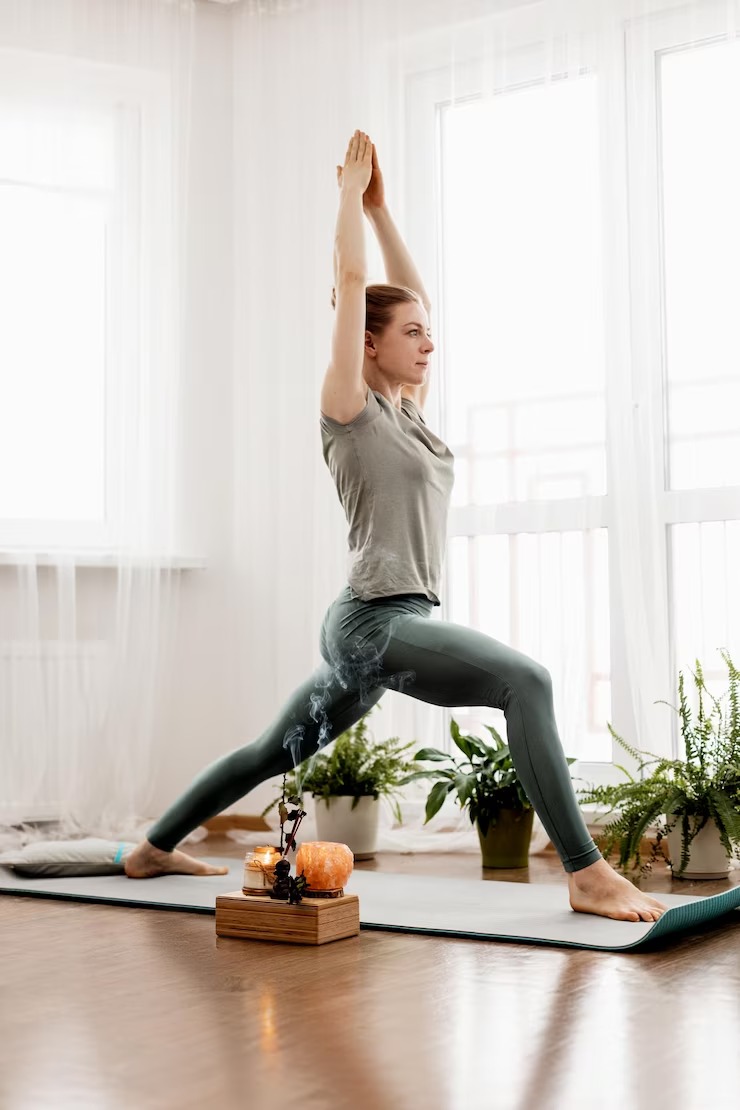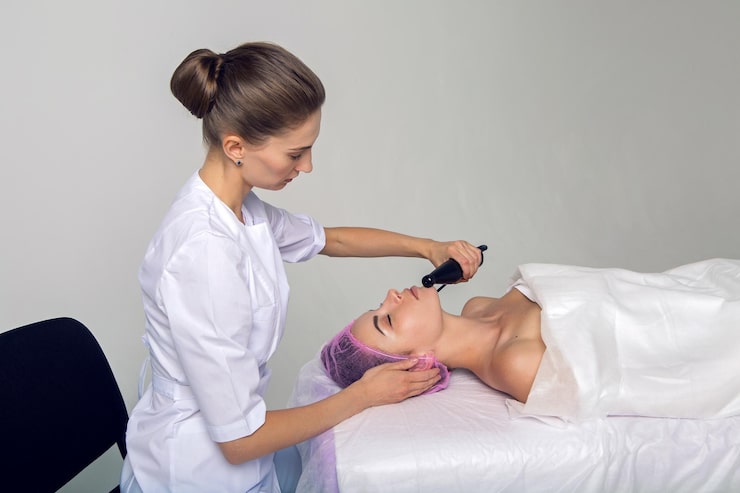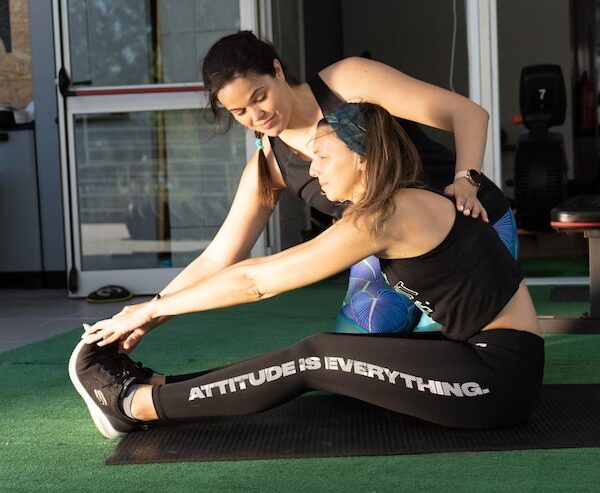
Recovering from an injury can be frustrating, especially when your core muscles are weak and unsteady. Whether you’ve suffered from a back injury, abdominal strain, or post-surgery weakness, rebuilding core strength is key to getting back on your feet. The good news? You don’t need a gym to get started. With simple core rehab exercises, you can begin your journey to recovery right from your living room.
Why Core Strength Matters After Injury
Your core is more than just your abs. It includes muscles in your lower back, hips, pelvis, and stomach. These muscles work together to stabilize your body, maintain good posture, and protect your spine.
After an injury, these muscles may become weak or inactive, leading to poor balance, limited movement, and even more injuries. That’s why easy core exercises play such an important role in rehabilitation. They gently activate your muscles, improve stability, and rebuild strength without putting too much strain on your body.
Tips Before You Begin
Before starting any rehab routine, it’s important to keep these tips in mind:
- Start slow: Don’t rush into difficult moves. Begin with gentle, low-impact exercises.
- Focus on form: Doing the movements correctly is more important than how many you do.
- Use a mat: A soft surface helps protect your joints and back.
- Listen to your body: If something hurts, stop immediately. Rehab should not cause pain.
Now let’s dive into some easy, safe core rehab exercises you can do at home.

Easy Core Rehab Exercises You Can Try
- Pelvic Tilts
How to do it:
Lie on your back with knees bent and feet flat on the floor. Gently tighten your abdominal muscles and tilt your pelvis upward so that your lower back presses into the floor. Hold for 5 seconds, then relax.
Reps: 10–15 repetitions.
Why it helps: Pelvic tilts gently activate your core and help realign the spine, making it a great starting move for beginners.
- Bridge Pose
How to do it:
Lie on your back with your knees bent and feet flat. Slowly lift your hips off the ground until your body forms a straight line from shoulders to knees. Hold for a few seconds and lower down slowly.
Reps: 10–12 repetitions.
Why it helps: This move targets your glutes, lower back, and abdominal muscles, all of which are part of your core support system.
- Heel Slides
How to do it:
Lie on your back with your knees bent. Slowly slide one heel away from your body until your leg is straight, then return to the starting position. Repeat with the other leg.
Reps: 10 on each leg.
Why it helps: Heel slides engage your lower abdominal muscles and help improve hip mobility, which is essential after injury.
- Bird Dog
How to do it:
Start on your hands and knees. Extend your right arm and left leg at the same time, keeping your back flat. Hold for a few seconds, then return to the starting position. Repeat on the opposite side.
Reps: 10 per side.
Why it helps: Bird dog strengthens the back and abdominal muscles and improves balance and coordination.
- Dead Bug
How to do it:
Lie on your back with arms pointing to the ceiling and knees bent at 90 degrees. Slowly lower your right arm and left leg toward the floor, then bring them back. Switch sides.
Reps: 8–10 per side.
Why it helps: Dead bug works on core control and coordination while keeping your spine in a safe position.
When to Progress
As you get stronger, you can increase your repetitions or hold each move for longer. If the exercises start to feel too easy, that’s a good sign to move on to slightly more challenging variations. But always progress at your own pace, and if possible, consult a physical therapist to ensure you’re doing what’s best for your specific injury.
Conclusion: Stay Consistent, Stay Strong
Rebuilding core strength after an injury takes patience and consistency. The easy core exercises listed above are a gentle but powerful way to reconnect with your body, reduce pain, and improve stability. By practicing these core rehab exercises regularly at home, you’re taking meaningful steps toward a stronger, more confident you.
Remember, recovery is a journey. Every rep counts — keep going, and you’ll be amazed at how far you come.














